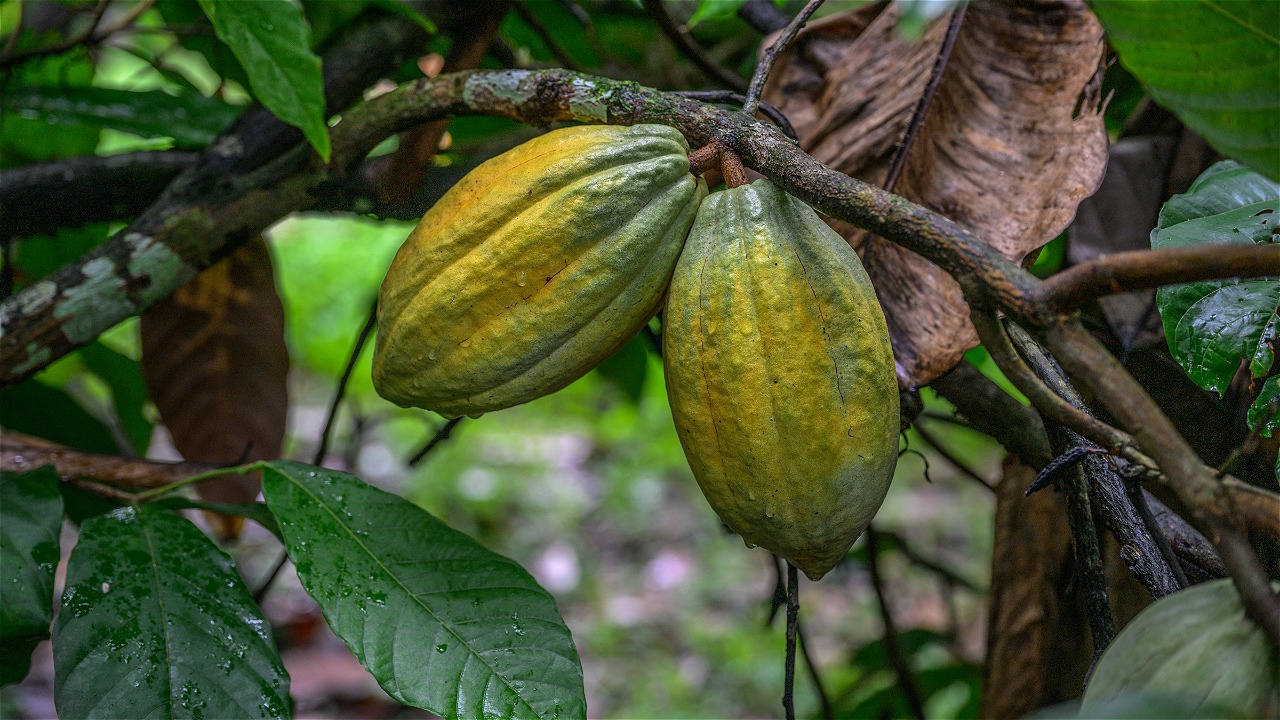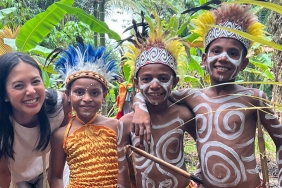KERAFAT CHOCOLATE, FROM THE LAND OF PAPUA THAT GOES INTERNATIONAL
By: Diah R. Sulistiowati
Don't be a chocolate fan if you don't know this one. Yak kerafat chocolate, from the land of Papua. This chocolate is often called Dutch chocolate, because it was developed during the Dutch era. The name kerafat is taken from one of the four superior cocoa varieties brought from Papua New Guinea in 1950 to be developed in Papua-Indonesia.
The chocolate branded "Original Beans" is produced by a company based in the Netherlands under the company name Original Beans. Especially for chocolate from Papua, Original Beans formulates it with a composition of 68 percent chocolate, and 32 percent is other mixtures. In addition, Original Beans also runs the principle, one bar one tree, aka one pack of chocolate that you buy, will be donated one tree seedling that will be planted in conservation areas around the world, one of which is Virunga National Park in Congo, East Africa. You can check where the tree will be planted through the K tracking code printed on each packet.
Eating this chocolate does not have to worry about damaging the environment due to waste, because the paper used to make the wrapper is taken from well-managed forests, and the aluminum foil inside is also made from degradable materials.
Not only from Papua, the company founded by Philip Kaufmann also sources cocoa beans from Congo, East Africa, which is the habitat of Gorilla and Bonobo, in order to save these two species by empowering the surrounding communities. As we know, Papua is the most biodiversity-rich region in Indonesia, but the surrounding communities still need assistance to develop the potential of the region, such as this chocolate. So that Papuans are no longer guests in their own country.
In Papua, this chocolate is developed in several villages, one of which is in Sabeyab Besar Village, Kemtuk District, Jayapura Regency, with the Srukumani farmer group. Srukumani farmer group has received assistance from WWF since 2012. Assistance activities to increase the capacity of farmers and improve the quality of cocoa beans are also carried out by WWF Indonesia wholeheartedly. In fact, WWF is currently in the process of helping this community group to obtain organic certification. What is certain is that this cocoa is a sustainable cultivation and involves the active role of women. The cacao trees are cultivated within the indigenous community's forest area in a natural way without the use of chemical fertilizers and pesticides.
From an economic point of view, the selling price of dried cocoa beans is also more expensive than the price of other varieties of cocoa beans. Dutch cocoa does have a variety of advantages both in terms of size, taste and also resistance to seeds and pests. Want to see more about how these Papuans harvest chocolate trees, watch the coverage on KompasTV via the following link https://www.youtube.com/watch?v=b6iTfRBHSYw&feature=youtu.be





